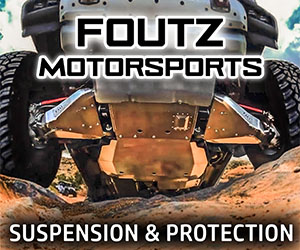Ape Factory
Well-known member
- Joined
- Jan 21, 2025
- Messages
- 199
- Gallery
- 126
- Reaction score
- 298
- Location
- San Antonio
- Current Ride
- Bronco Raptor
There's a boundary laminate layer of air which also lessens any thermal transfer in addition to the velocity of the air as it's ingested by the engine. The difference is insignificant, especially after powder coating.Wouldn't a Carbon Fiber material be better?
Aluminum will draw in and retain the ambient heat. This will transfer the btu's via convection to the incoming charge air. I understand that the velocity of the charge air will make it a short time exposed to the btu's, but why change a warrantied part for something that is only going to change the issue to another issue. Hold out for a solution.
Or better yet, design and manufacture the solution.
Also, once moving, you'd be surprised at how cool the engine components like intake tubing are with managed airflow through the engine bay while at speed. There are a lot of components heating the air. Compressors are aluminum, heads are aluminum, hot valves, hot intake runners, etc...everyone and their mother uses aluminum as it's relatively cheap, easy to form, there's an industrial base for tubing production and the expertise to make kits without massive investments in special tooling or processes. It's easy enough to ceramic coat them for heat rejection. But honestly, under motion, it makes no difference.
Carbon fiber can act as an insulator or a conductor depending on how it's formed and strand orientation. It's also substantially more expensive to make correctly to withstand under hood temps, especially the epoxy which often turns yellow over time due to heat. Prepreg requires a lot of expertise involving an autoclave and very precise manufacturing tolerances that most small businesses don't have. And carbon tubing will get just as hot in the same conditions as aluminum tubing over a given period of time.







